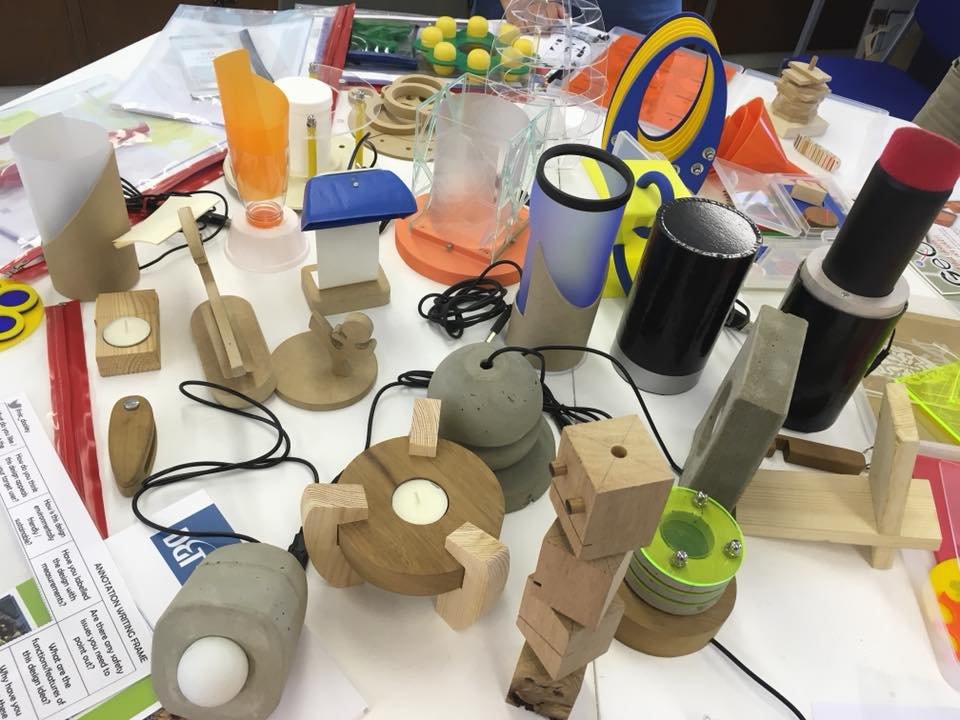
GCSE Design and Technology: Your Step-by-Step Guide
What is GCSE Design and Technology?
GCSE D&T teaches students how to design and make products using creative thinking, practical skills, and knowledge of materials, tools, and processes. It combines theory with hands-on making and is assessed through both exams and coursework (NEA).
🧭 Step-by-Step Guide
Step 1: Understand the Course Structure
GCSE D&T usually consists of:
-
Written Exam (50%) – A 2-hour theory paper.
-
NEA (Non-Exam Assessment, 50%) – A design-and-make project.
Core topics include:
-
Materials and their properties
-
Designing principles
-
Manufacturing techniques
-
New and emerging technologies
-
Environmental and ethical issues
-
Systems approach to designing
-
Mechanical devices and electronics
Step 2: Master the Core Technical Principles
Study the properties, uses, and working characteristics of:
-
Woods, Metals, and Polymers
-
Paper and board
-
Textiles
-
Smart and modern materials
Learn how these materials are used in real-world products.
📌 Tip: Make flashcards for each material group and include examples.
Step 3: Deep Dive into the Specialist Technical Principles
You’ll choose a specialist material area, e.g.:
-
Timber
-
Metal-based materials
-
Textile-based materials
-
Papers and boards
-
Electronic and mechanical systems
🔍 Focus on manufacturing processes, tools, equipment, and finishes specific to your chosen area.
Step 4: Practice Designing Skills
-
Learn the Iterative Design Process (research → develop → prototype → evaluate)
-
Practice sketching, annotation, and using design software (like CAD)
-
Study famous designers and understand design movements (e.g., Bauhaus, Art Deco)
🎨 Design thinking is key! Be creative but purposeful.
Step 5: Prepare for the NEA (Coursework)
Starts in Year 11, usually June of Year 10:
-
You’ll receive a contextual challenge (e.g. “Improving outdoor spaces for children”)
-
Conduct research
-
Develop design ideas
-
Make a prototype
-
Evaluate your final product
📁 Your design folder should include:
-
Research and analysis
-
Specification
-
Design development
-
Planning and making
-
Testing and evaluation
Step 6: Revise for the Written Exam
Covers:
-
Core technical principles (general knowledge)
-
Specialist technical principles (your chosen material focus)
-
Designing and making principles
📝 Use:
-
Past papers and mark schemes
-
Revision guides (AQA, OCR, or Edexcel depending on your exam board)
-
Mind maps and diagrams
Step 7: Practice Time Management
-
NEA is long-term — plan your weeks carefully
-
In exams, practice timed questions for design and analysis
-
Prioritise areas where you lose marks: is it sketching, analysis, or material knowledge?
🧠 Top Tips for Success
✅ Use real products as inspiration
✅ Develop your annotation skills
✅ Make your prototype neatly — quality matters
✅ Practice explaining your ideas clearly
✅ Always evaluate your work with improvement suggestions


